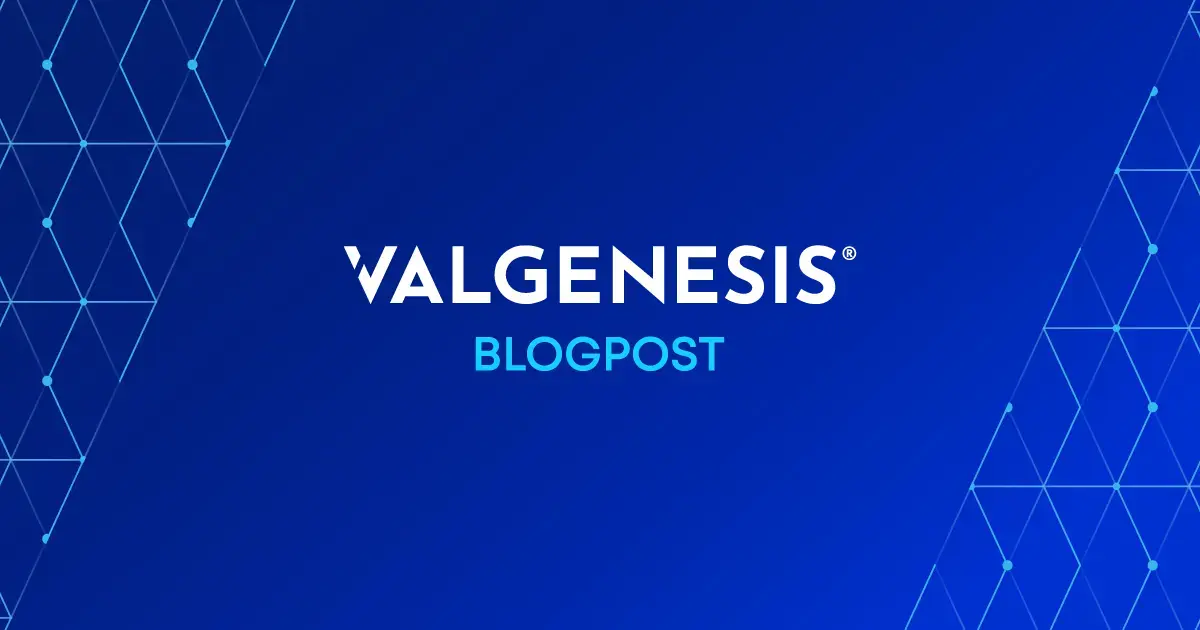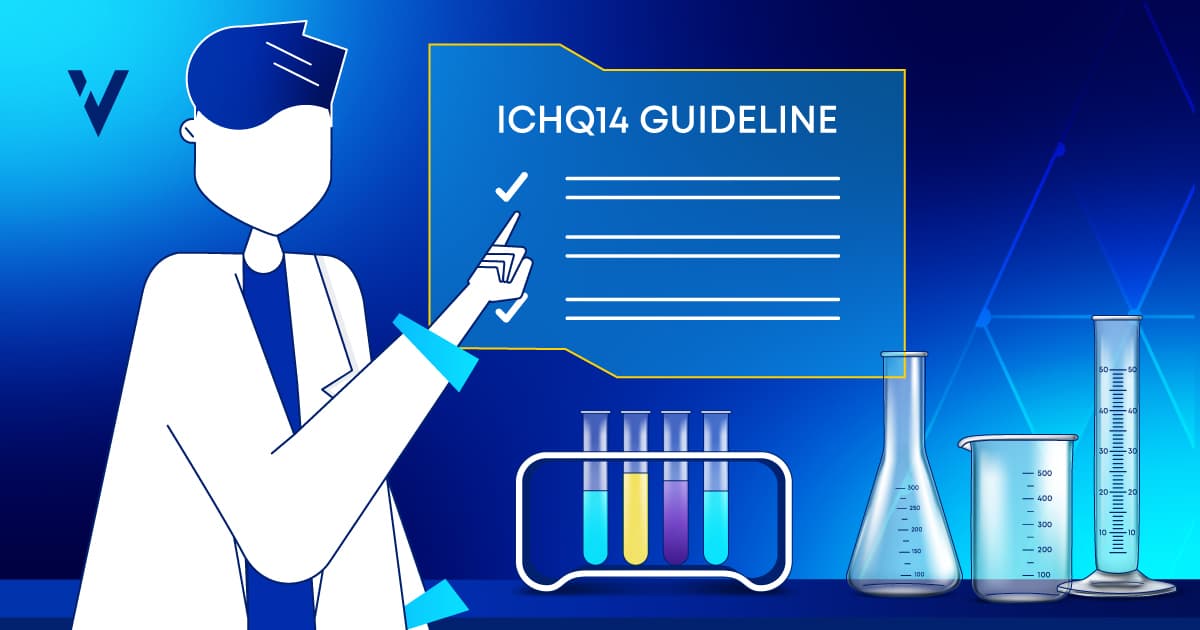The new ICH Q14 guideline arrived to harmonize science and risk-based approaches for Analytical Procedure Development.
And this raised the question of "How are we going to successfully implement it?". Luckily, we recently had an enlightening talk with Jean-François Dierick and Claudia Magagnoli about how they did it at GSK.
Flexibility is the Word
The enhanced approach described in ICH Q14 establishes a link between the analytical development and what needs to be tested.
But the interesting part here is that ICH Q14 offers freedom to use all the elements of this approach, none of them or choose only the ones that you are important.
You can choose according to the benefits you identify for patients, for development of robust methods, for solid submissions and for easier lifecycle management.
Take it Step by Step
Our practical suggestion would be “don’t go for revolution, go for evolution”.
You can evolve the practices that you already have and that are already generating knowledge. The ICH Q14 provides you a framework that you can apply to those processes following a QbD approach.
And this both at the level of your analytical development/validation process, your practices and at the level of the tools used in your laboratories.
If you want to move towards full integration of your analytical processes and process development data, you may need more elaborated and dedicated tools that will support the application of all risk management and knowledge approaches.
Invest in the ATP
By investing in the establishment of the Analytical Target Profile across the method lifecycle, you will drive development, validation, and lifecycle evolution.
And given what the ICH Q14 offers as guideline, it will make your lifecycle management easier.
Risk assessments can help you define the ATP and can help you with the technology selection. How? By performing risk assessments, you can easily identify ATP requirements and business drivers. Additionally, you can score the potential methods against the defined criteria.
Manage your Knowledge
You should manage your knowledge with two goals in mind:
- To re-use it.
- To justify changes in your process.
This ties in with the concept of “don’t go for revolution, go for evolution”. By taking small steps based on the knowledge you have acquired, you are able to have a more robust implementation.
Accelerate Your Implementation of the ICH Q14 Guideline With Digital QRM
From the ICH Q14 guideline, it’s easy to conclude that risk management plays an important role in the success of the development of an analytical method and its validation.
Implementing a digital QRM can help you define the ATP and select the technology more easily. This way, it allows you to collect the benefits of the enhanced approach faster. Additionally, it can also optimize the risk management over the procedure’s lifecycle and help you determine the required control strategies.
ValGenesis can support you in your ICH Q14 implementation and ensure you develop analytical methods with high robustness and flexibility. Check our Analytical Method Digital Risk Management solution to learn more and feel free to contact us.


